Buy the photo The Plough. by PEEQ. on canvas, ArtFrame, poster and wallpaper, printed on demand in high quality.
About "The Plough."
by PEEQ.
About the artwork
The plow is a further development of the heel and loom or hook plow, and was originally pulled by people or pack animals such as oxen and horses. The hook plough, which slid through the ground, merely stirred up the soil. The next development was the mounting of a turning blade or rister under the plow pole, which was finally equipped with two wheels at the front. With this, the reversible plow was born. This rister turns the soil over so that the subsoil comes up and the surface with weeds, roots and remnants of a previous harvest is plowed under.
The basic parts of a plow are: a blade or disc coulter, a furrow, a cutter and the rister. There are different types of ploughs depending on the type of soil; for example sand, loam or clay, or the construction; single shear or multi-sharp, rotating or circular.
Ploughing is necessary to loosen the soil, which improves the soil structure and drainage and facilitates sowing and germination of the crop. In plowing, the remnants of the harvested crop with its roots and shot up weeds are plowed under, serving as fertilizer.
A plough can be combined with a furrow opener to prepare the soil for sowing or planting in one pass.
A disadvantage of regular ploughing at the same depth is that the subsoil still forms a poorly permeable layer because the wheels of the tractor press on the plough furrow in combination with the silting up of the subsoil. To undo this, it is possible to break up this layer again with a decompactor.

About PEEQ.
I walk, I stop, I look, I click... Read more…
 Germany
Germany Ordered in May 2019
Ordered in May 2019
 Germany
Germany Ordered in January 2020
Ordered in January 2020
 Germany
Germany Ordered in October 2020
Ordered in October 2020
 Germany
Germany Ordered in February 2020
Ordered in February 2020
 Germany
Germany Ordered in September 2019
Ordered in September 2019
 Germany
Germany Ordered in March 2021
Ordered in March 2021
 Germany
Germany Ordered in December 2022
Ordered in December 2022
 Germany
Germany Ordered in May 2020
Ordered in May 2020
 Netherlands
Netherlands Ordered in July 2025
Ordered in July 2025
 Netherlands
Netherlands Ordered in August 2018
Ordered in August 2018
 Germany
Germany Ordered in April 2020
Ordered in April 2020
 Netherlands
Netherlands Ordered in August 2019
Ordered in August 2019
About the material
ArtFrame™
Interchangeable Art Prints
- High-quality print
- Easily interchangeable
- Acoustic function
- Large sizes available
Discover the artworks of PEEQ.
 Loenen on the Veluwe.PEEQ.
Loenen on the Veluwe.PEEQ.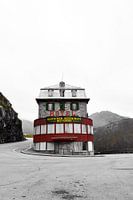 Furkapas.PEEQ.
Furkapas.PEEQ. Mariënwaerdt.PEEQ.
Mariënwaerdt.PEEQ.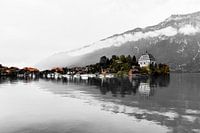 Iseltwald.PEEQ.
Iseltwald.PEEQ. Sunrise.PEEQ.
Sunrise.PEEQ. Dunes.PEEQ.
Dunes.PEEQ.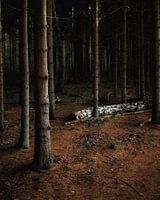 Fallen.PEEQ.
Fallen.PEEQ.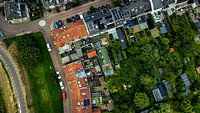 Culemborg.PEEQ.
Culemborg.PEEQ.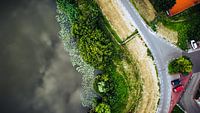 From Above.PEEQ.
From Above.PEEQ.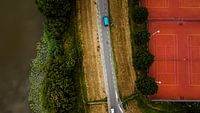 Tennis Court.PEEQ.
Tennis Court.PEEQ.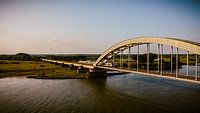 Railroad bridge.PEEQ.
Railroad bridge.PEEQ.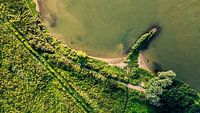 Floodplains.PEEQ.
Floodplains.PEEQ.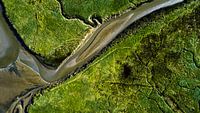 Saeftinghe.PEEQ.
Saeftinghe.PEEQ.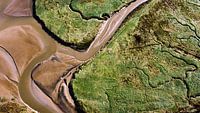 Drowned Land.PEEQ.
Drowned Land.PEEQ.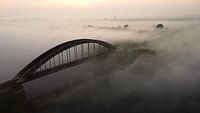 Blanket of fog.PEEQ.
Blanket of fog.PEEQ.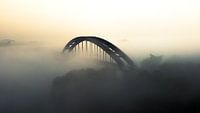 Mysterious Nature.PEEQ.
Mysterious Nature.PEEQ.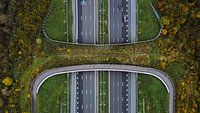 Ecoduct.PEEQ.
Ecoduct.PEEQ. The Pier.PEEQ.
The Pier.PEEQ.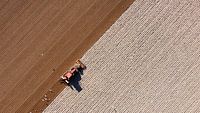 Abstractor.PEEQ.
Abstractor.PEEQ. Kuilenburgse Railroad Bridge.PEEQ.
Kuilenburgse Railroad Bridge.PEEQ.
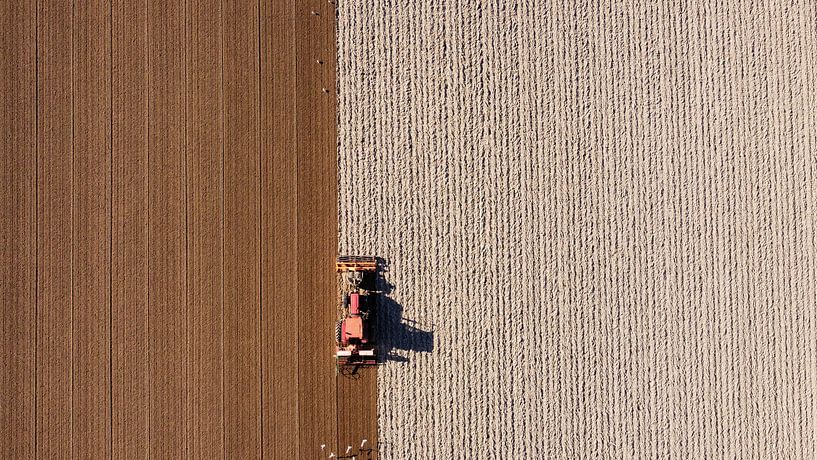












 Farm
Farm Flevoland
Flevoland Meadow
Meadow Photo wallpaper
Photo wallpaper Photography
Photography Serene Peace
Serene Peace The Netherlands
The Netherlands Tractor
Tractor









